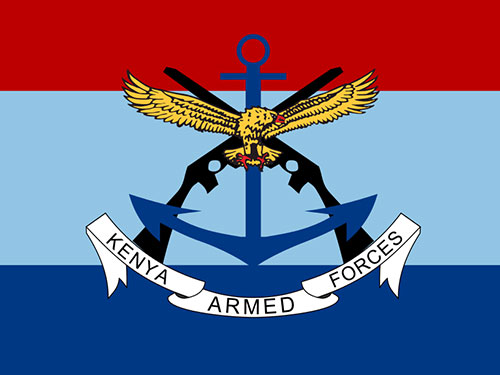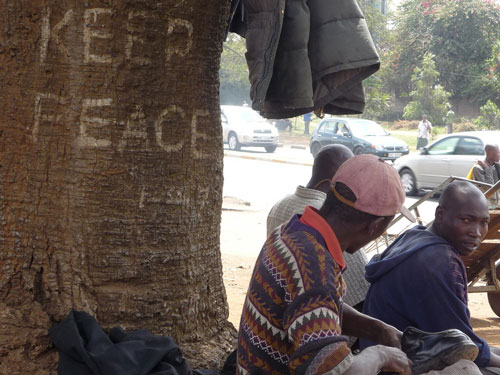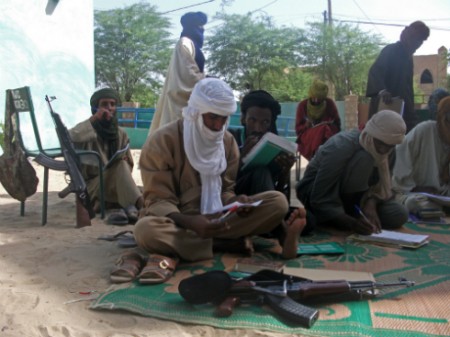
This article was originally published by ISS Africa on 7 December, 2015.
It has been more than four years since the Kenyan Defence Force (KDF) crossed the border into Somalia, and Kenyans are entitled to ask what exactly their troops are still doing there.
The official rationale is no longer entirely convincing. The original purpose of the military intervention was to insulate the country from the conflict in Somalia.
‘Kenya has been and remains an island of peace, and we shall not allow criminals from Somalia, which has been fighting for over two decades, to destabilise our peace,’ said George Saitoti, the internal security minister at the time.
It is debatable whether that aim has been achieved. Although Operation Linda Nchi (‘Protect the Nation’) curtailed the operations of al-Shabaab, the Islamist militant group has claimed responsibility for dozens of incidents on Kenyan soil in recent years. This includes the high-profile attacks on Westgate Mall and Garissa University.




